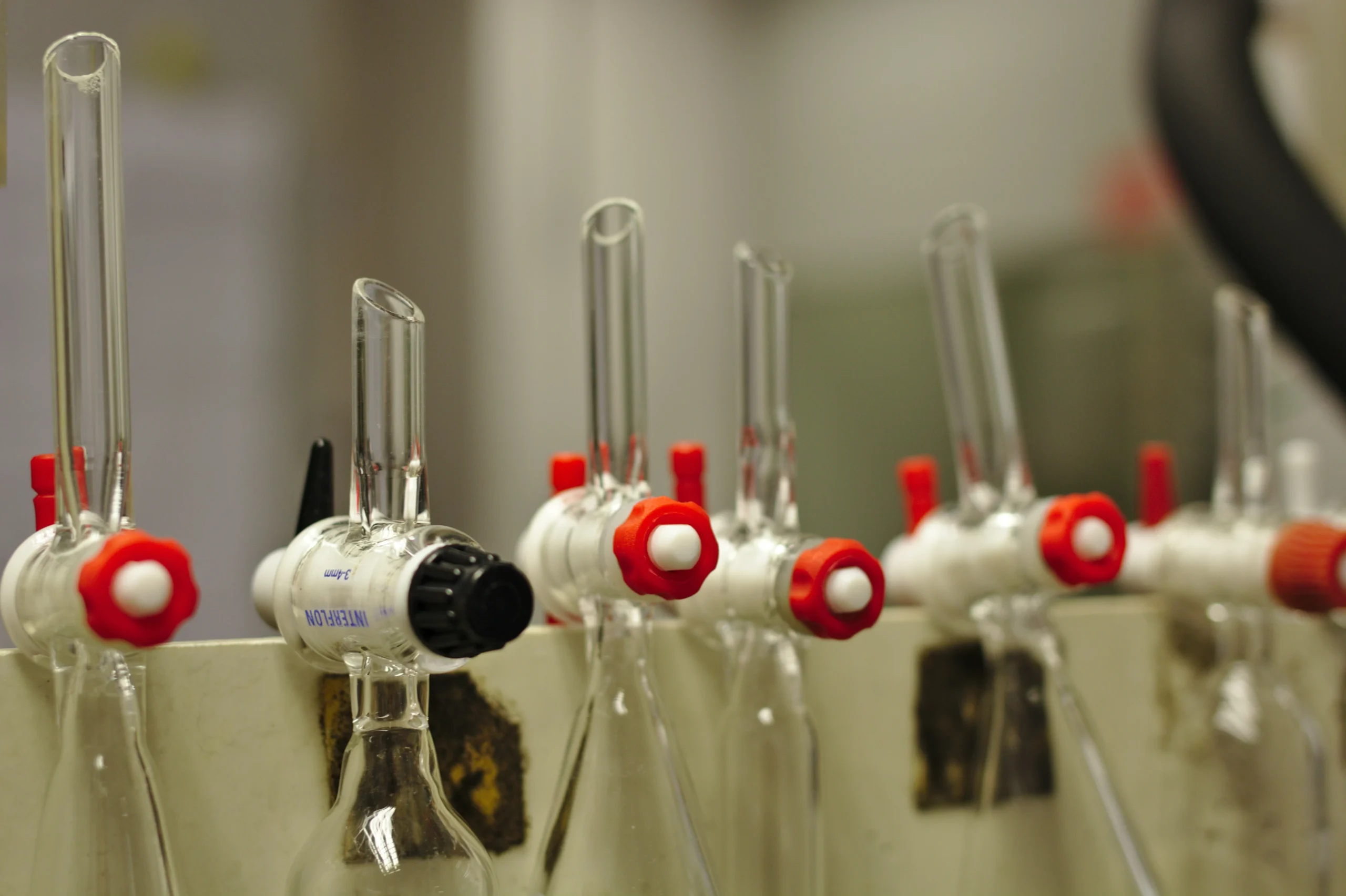Table of Contents
Optimize your Conversion Funnel with Aritic PinPoint
Introduction
In today’s digital landscape, it is essential for businesses to optimize their conversion funnel to drive business growth. One powerful tool that can help with this is marketing automation. Aritic PinPoint is a marketing automation tool that can streamline lead generation, nurturing, and scoring. It allows for segmentation and personalization, providing a targeted and personalized experience to leads and customers. In this article, we will explore how Aritic PinPoint can optimize the conversion funnel and improve your business’s chances of successful conversion.
Understanding the Conversion Funnel
Important Conversion Funnel Metrics
Before diving into understanding the conversion funnel, it is crucial to measure important metrics to evaluate the effectiveness of your funnel. Here are three important metrics that you need to measure your funnel:
- Conversion Funnel Stage One
- Conversion Funnel Stages Two and Three
- Conversion Funnel Stage Four and Five
What is a Conversion Funnel?
A conversion funnel is a series of steps that a user goes through on their journey from discovering your brand to becoming a customer and advocate. It can be divided into five main stages: Awareness, Engagement, Consideration, Conversion, and Advocacy.
How to Optimize the Conversion Funnel?
To optimize the conversion funnel, you need to streamline and improve each stage of the funnel. Here are some strategies to optimize each stage:
Awareness Stage
- Use targeted keywords and phrases to attract users who are searching for solutions to their problems.
- Target relevant audience segments through forms, landing pages, newsletter campaigns, and social media ads.
- Retarget visitors with relevant campaigns based on their browsing patterns.
Engagement Stage
- Use forms, landing pages, and newsletter campaigns to capture visitors and convert them into leads.
- Monitor lead behaviors and use lead scoring to identify which leads are progressing.
- Retarget leads with relevant campaigns to nurture them further.
Consideration Stage
- Use automation campaigns to nurture leads and provide them with necessary information to make a decision.
- Use comparison charts, market insights, use cases, and testimonials to convince leads to choose your brand.
- Show how your brand can add value and solve their problem effectively.
Conversion Stage
- Trigger sales automation campaigns when a lead becomes hot.
- Provide product demos, videos, or ebooks to help leads make the final decision.
- Measure deal values and create sales pipelines.
Advocacy Stage
- Ensure a smooth onboarding experience for customers.
- Offer incentives, social monitoring, gated videos, etc., to retain customers and encourage them to renew their subscription.
- Delighted customers can become brand advocates and refer new users.
How to Create a Conversion Funnel?
To create a conversion funnel, you need to follow these steps:
- Plan out the buying process and define the stages of your funnel.
- Establish your conversion goals in Google Analytics to track and analyze your funnel’s performance.
- Create engaging and relevant content to attract and nurture leads.
- Scrutinize leaks in the conversion funnel and identify areas for improvement.
- Focus on optimizing the conversion rate to increase the number of leads converting into customers.
Why is a Conversion Funnel Required?
A conversion funnel is essential to visualize the workflow of potential leads before they are converted into loyal customers. It helps businesses understand the journey of leads through the marketing funnel and identifies opportunities for improvement.
What is Funnel Conversion Rate?
Funnel conversion rate measures the rate at which leads move through the marketing funnel. It helps businesses understand the effectiveness of their funnel in converting leads into customers.
How to Build a Powerful Marketing Funnel?
To build a powerful marketing funnel, you need to:
- Understand your target audience and create customer segments.
- Develop engaging and relevant content for each stage of the funnel.
- Use marketing automation tools like Aritic PinPoint to streamline lead generation, nurturing, and scoring.
- Personalize the customer experience and provide targeted campaigns.
- Continuously analyze and optimize your funnel for better results.
How Can an eCommerce Conversion Funnel be Improved?
Improving your eCommerce conversion funnel starts with identifying problem areas and focusing on optimization. Here are some steps to improve your eCommerce conversion funnel:
- Analyze and optimize your purchase process to make it simple and user-friendly.
- Identify and remove any barriers or friction points that may prevent visitors from becoming customers.
- Offer incentives and discounts to encourage visitors to make a purchase.
- Use customer testimonials and reviews to build trust and credibility.
- Leverage social proof by displaying the number of customers who have already made a purchase.
What is Conversion in the Marketing Funnel?
Conversion in the marketing funnel refers to the action a user takes after interacting with your website or advertisement. It can be tracked through various metrics such as leads, sales, or other predefined actions depending on the stage of the marketing funnel.
Conclusion
Optimizing your conversion funnel is crucial for driving business growth. By using marketing automation tools like Aritic PinPoint, businesses can streamline lead generation, nurturing, and scoring, providing a targeted and personalized experience to leads and customers. By focusing on each stage of the conversion funnel and continuously analyzing and optimizing, businesses can increase the likelihood of successful conversion and drive business growth.
Remember to visit funnelpreneurs.com for more information on funnel automation and optimization.
